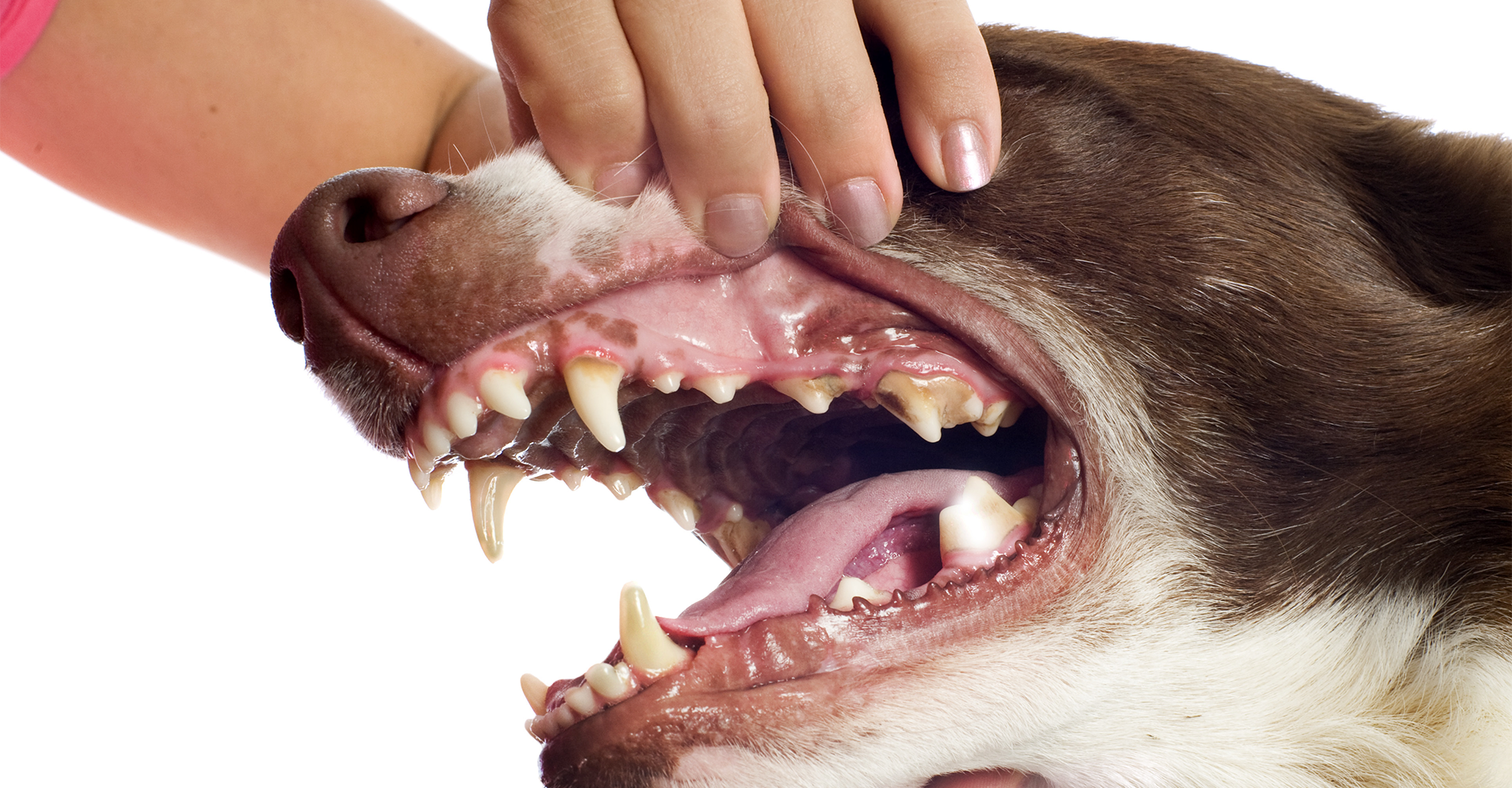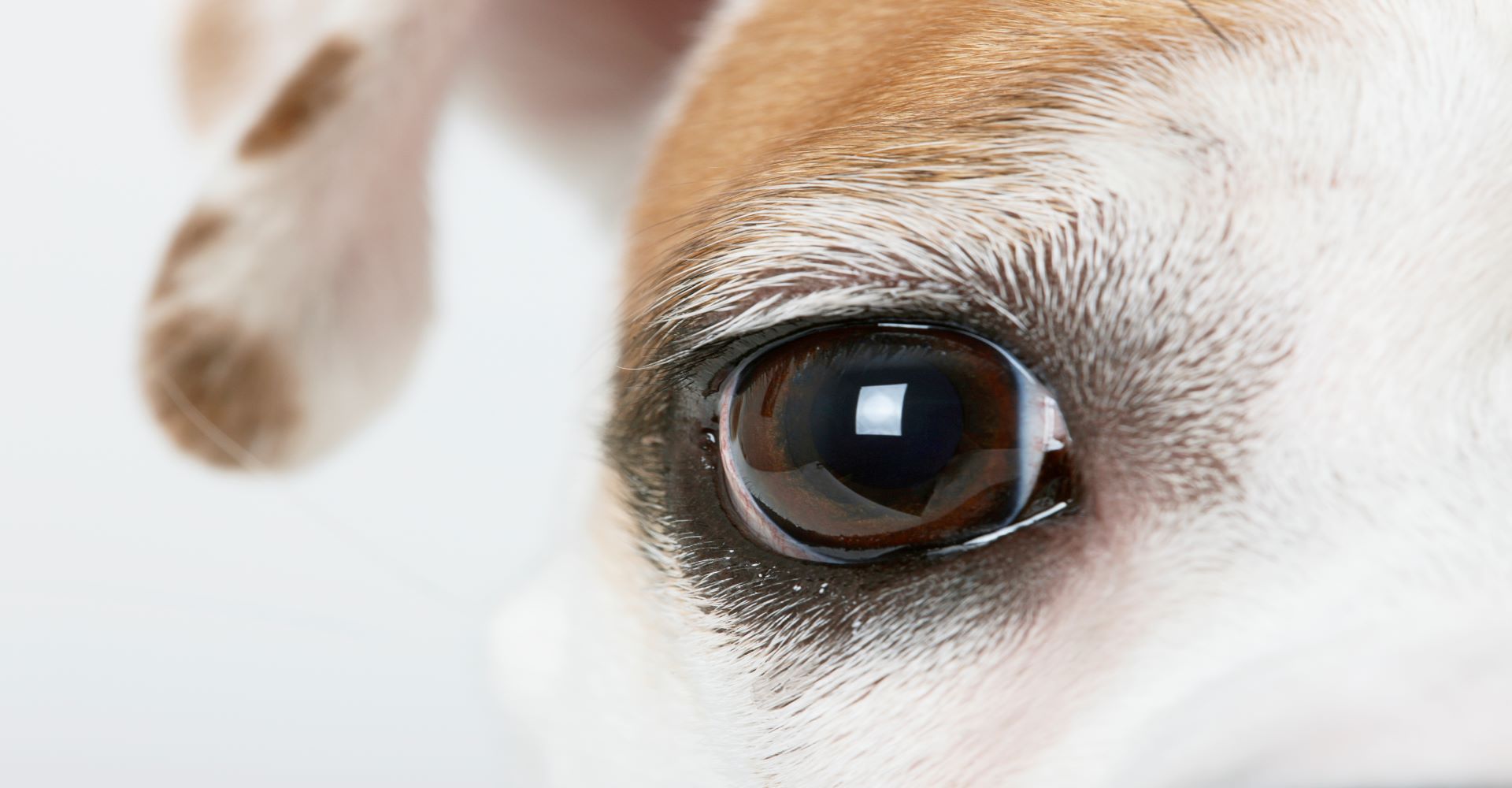Discover Small Animal Dentistry: 3 Takeaways
Dental issues are common in small animal practices, but some veterinarians may wish they knew more about dental health and procedures. Dr. Brook...
2 min read
Abby Crimm : July 18, 2019 11:00:00 AM PDT

Major dental procedures can be daunting for a client who isn't financially prepared and a patient who has to undergo a long session of anesthetic. Dr. Kevin Stepaniuk describes a better way veterinary practices can approach making dental treatment plans that everyone feels comfortable with.
The Story of Fido
Let’s say you’re looking in Fido’s mouth, and everything seems fine. After you clean the teeth and get out the dental radiology equipment, however, you find 15 teeth that need extracting. So, you call Fido’s owner to explain the situation, keep Fido under anesthesia, and take the time necessary for the procedure.
Scenarios similar to Fido’s happen quite frequently in general practice. Both Dr. Kevin Stepaniuk, the owner of Pacific Veterinary Dentistry and Oral Surgery Services, and Dr. Natalie Marks, host of Quick Cup of Knowledge and a general practitioner, attest to this. In a Quick Cup of Knowledge interview called “Dentistry,” Dr. Stepaniuk suggests that there needs to be a collective paradigm shift in the way the veterinary industry handles dental procedures and treatment plans.
Why a Paradigm Shift?
Why? Well, let’s return to the story of Fido. His owner had to pay for a procedure he or she most likely wasn’t prepared for, having thought this appointment was composed of a diagnostic cleaning, examination, and x-rays; Fido was under anesthesia for a longer time, heightening the risk for complications; and, a large chunk of the veterinarian’s and the technicians’ day was taken up in an unscheduled procedure.
The question then remains, how do you successfully offer treatment plans that are reasonable for the client, safer for the patient, and manageable for your team?
The paradigm shift that Dr. Stepaniuk suggests refers to changing Fido’s story to something similar to what you experience when you go to the dentist (for humans). Have the routine dental examination be just that—an examination. (Unless there’s only one affected tooth, in which case you can probably call the client and take care of it immediately.) On this visit, the client should only expect the cost of a cleaning and dental imaging, not $2,000 worth of oral surgery.
After the patient wakes up, review those x-rays with the client. They will be able to see the need for the procedure (it will literally be black and white). You can then develop a treatment plan with more accurate cost estimates and book the appointment weeks in advance, making it easier for the client and the workflow at your clinic.
Won’t It Cost More?
You’ll be sure to encounter the question of whether making another appointment for a dental procedure will cost more than getting it done while the patient is already under anesthesia.
Dr. Stepaniuk assures that it doesn’t cost more—the price for the anesthetic is the same now as it will be in two, three, or four weeks. An anesthesiologist will also tell you that two shorter, controlled anesthetic episodes are better for optimal patient outcomes and lowers the risk of potential complications than one long, drawn-out one.
Rethinking Dental Treatment
Fortunately, dental issues are chronic and aren’t emergency situations, so you can schedule procedures for everyone’s convenience and in the interest of the patient.
Carefully considering how to fine-tune these aspects of dental treatment at your practice will set you apart from other practices and improve the experience for the client, the patient, and your team. Be a part of the paradigm shift as practices across the country make small adjustments to create dental treatment plans everyone loves.
Stay in the Know!
Click the link to subscribe to our YouTube channel or check out our Resource Library full of great podcasts, videos, and digital downloads!
Disclaimer
Content may contain advertising and sponsorships. Advertisers and sponsors are responsible for ensuring that material submitted for inclusion is accurate and complies with applicable laws. We are not responsible for the illegality or any error, inaccuracy or problem in the advertiser’s or sponsor’s materials.
Advertising and sponsorship material and/or opinions are not are not a reflection on Viticus Group.

Dental issues are common in small animal practices, but some veterinarians may wish they knew more about dental health and procedures. Dr. Brook...

Improving eye care and updating equipment in your veterinary practice can mean earlier disease diagnosis and better patient care—right before your...

Ever wonder what life is like for a veterinary dermatologist? Need some advice about how to handle dermatology cases? Thinking about specializing in...